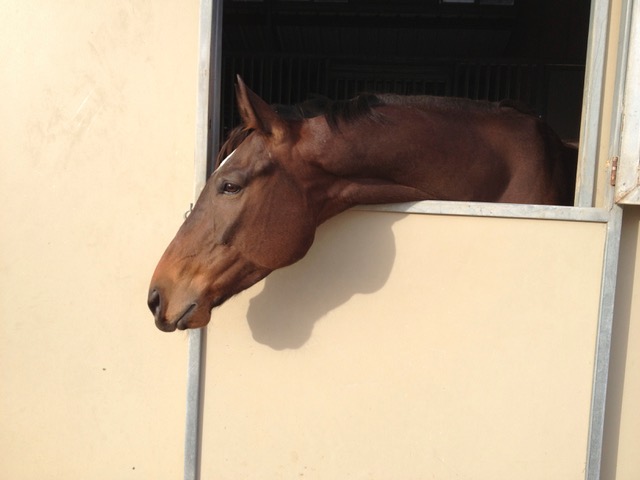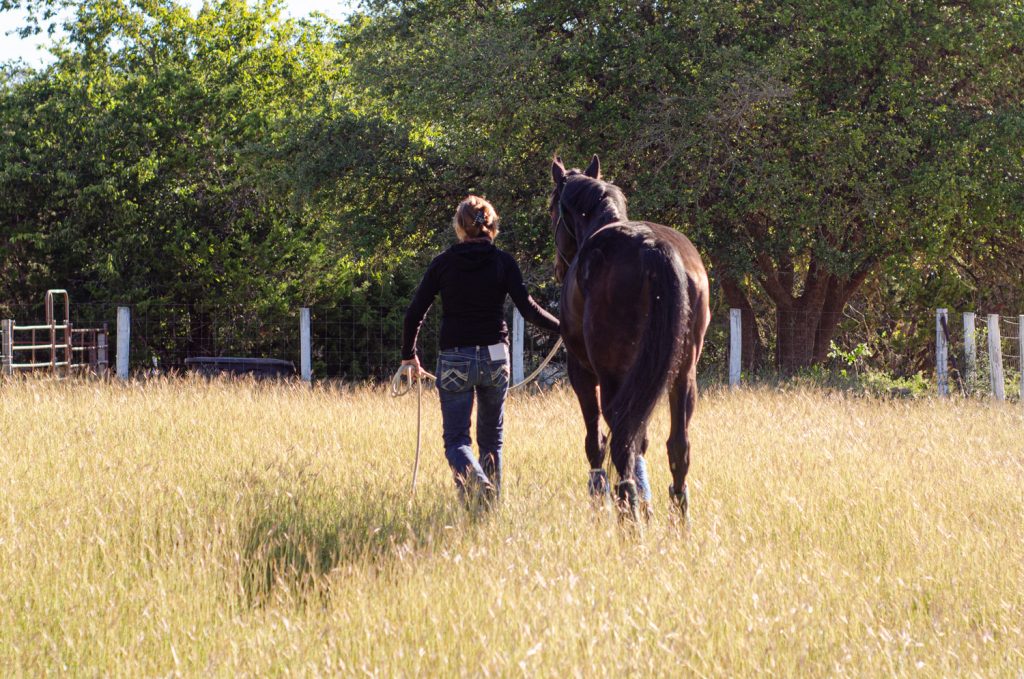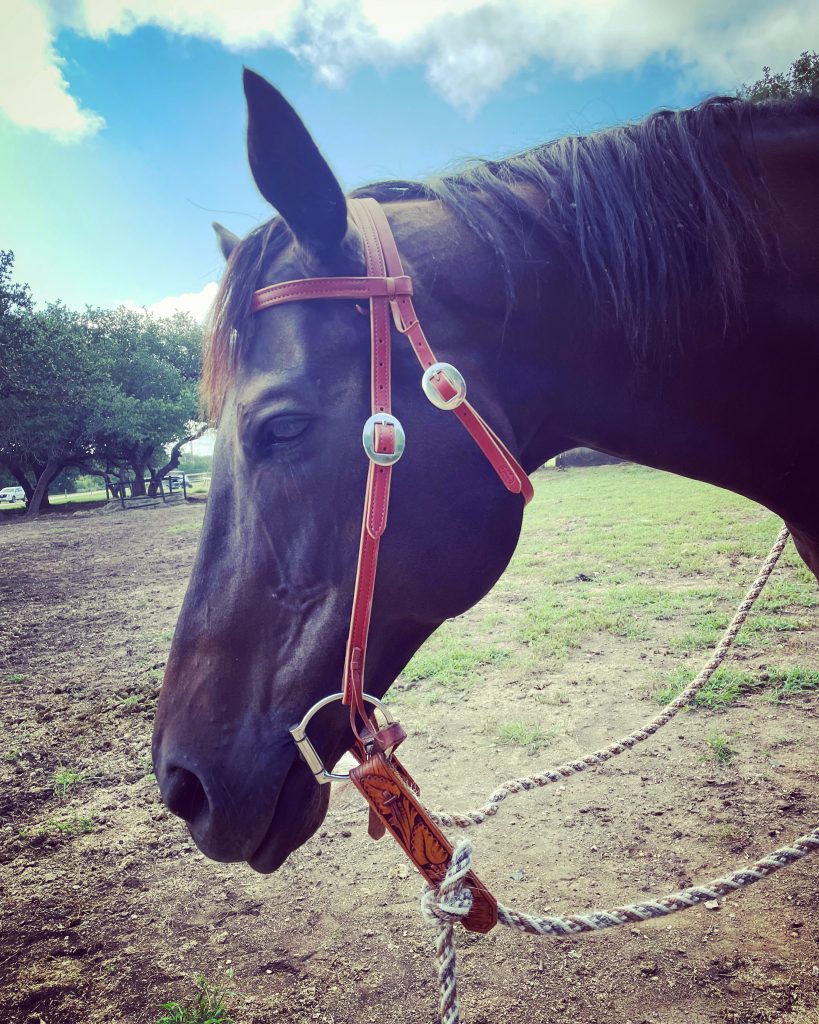
I’m excited to announce that I will be a guest on Wendy Murdoch’s webinar series on Monday, Feb 19 at 5 pm Central!
Wendy is a leading expert on horse and rider biomechanics. She is the inventor of the breakthrough Sure Foot pad technology. Wendy is an internationally renowned teacher of horsemanship, equitation and equine stewardship. Her blend of insight, creativity and relaxation makes learning both meaningful and fun!
Wendy and I will be discussing the Horse Wise® curriculum that teaches science and STEM subjects to K-12 students – while using senior racehorses as teachers. Our conversation will especially focus on how Horse Wise® is partnering with veterinary associations and with LOPE to encourage youth interest in veterinary and equine care careers.
With a serious shortage of equine vets predicted for the future, Horse Wise®, LOPE and multiple veterinarian groups have come together to mentor middle and high school students with aptitude in the science and animal fields.
I’m honored to be a guest on Wendy’s webinar series! It’s especially meaningful to me because Wendy has been a guest on the Horse Wise® podcast. Now the tables will be turned – and she’ll be the one asking me questions.
Best of all – you can tune in live to ask Wendy and me questions! Here is the link to register.
Hope to see you on the webinar Monday, 2/19, at 5 pm Central!






